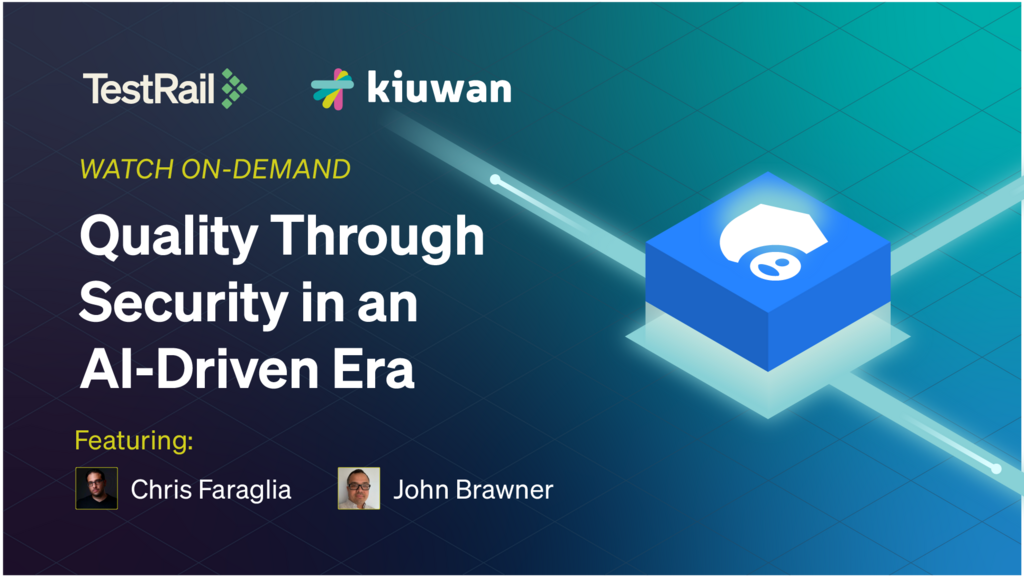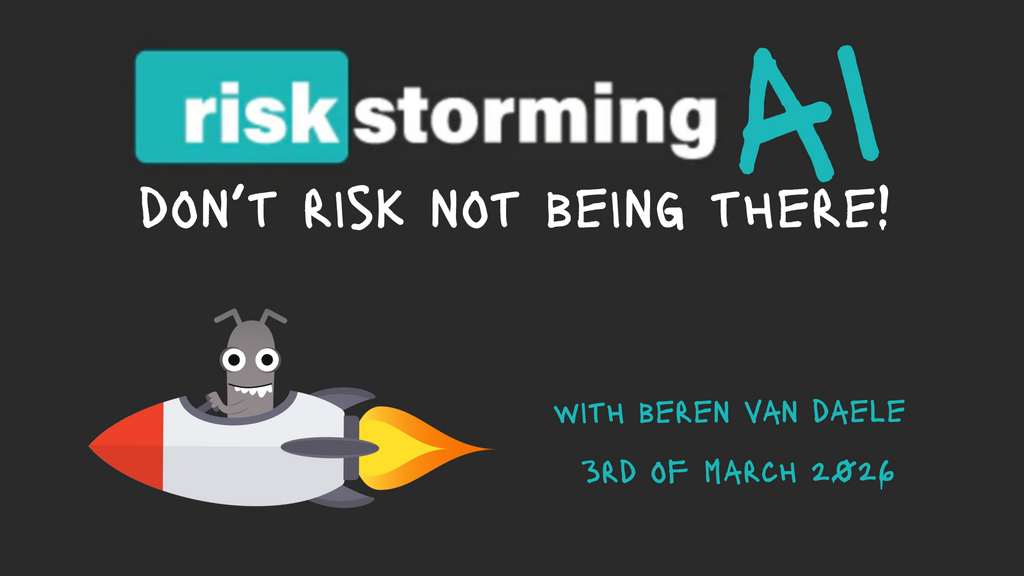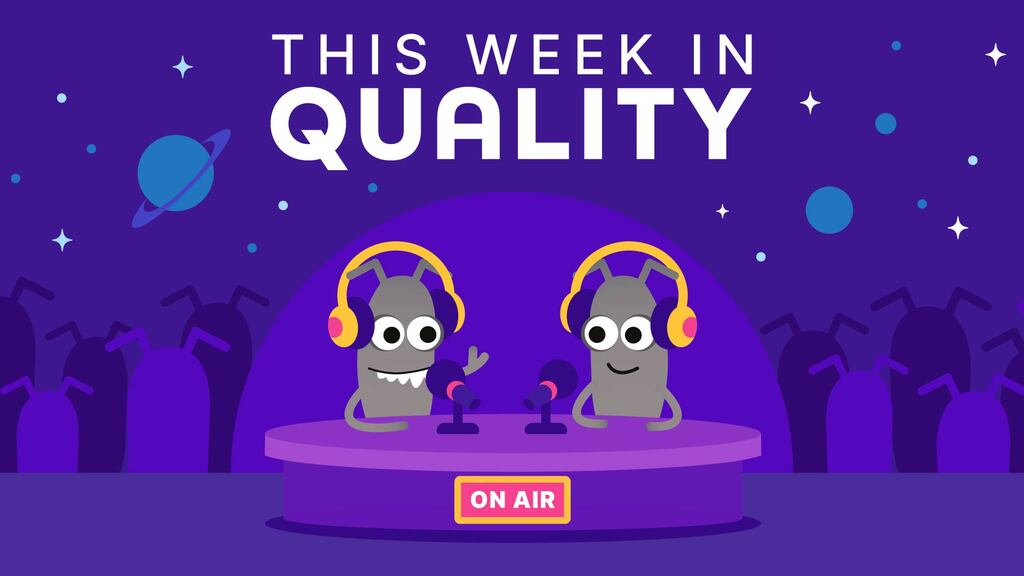Cognitive Biases In Software Testing
Learn how to recognise cognitive biases, explain what they are and use them to your advantage in your testing
-
-
- Intermediate
- 5
- 6
- 3
354 already enrolled
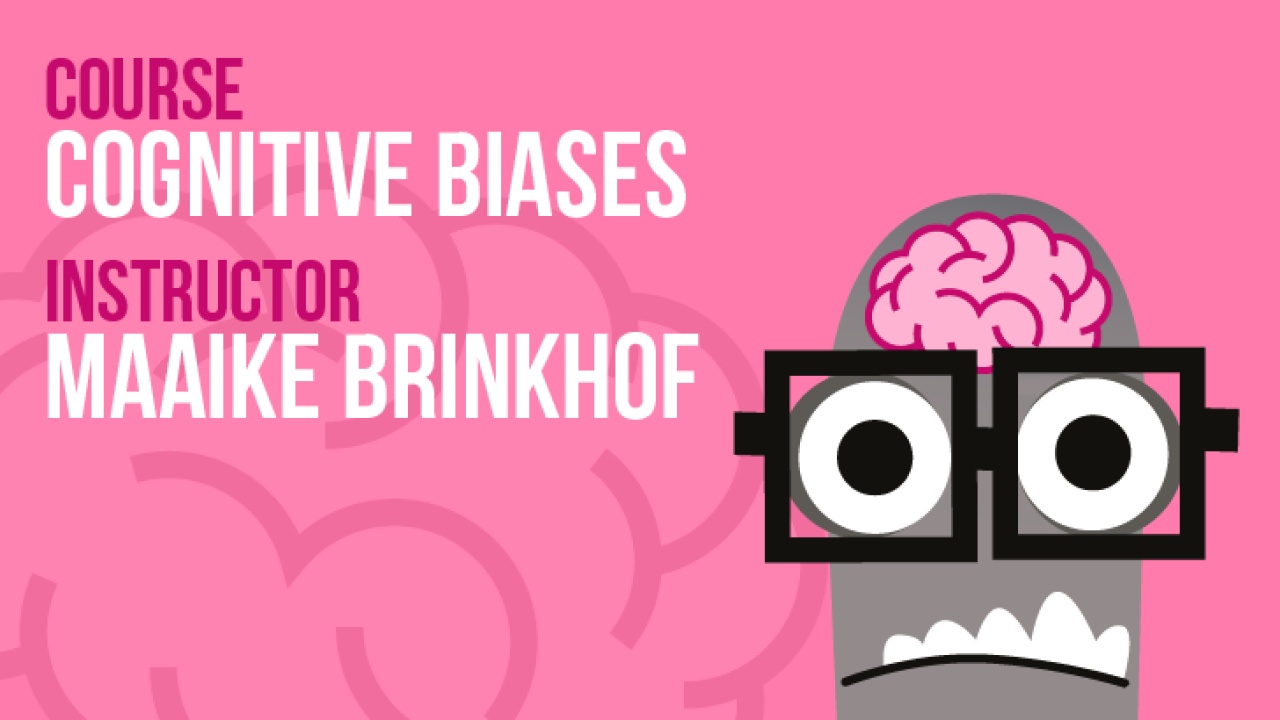
The Basics
- List common cognitive biases that exist
- Describe what a cognitive bias is
- Organise biases into four main categories
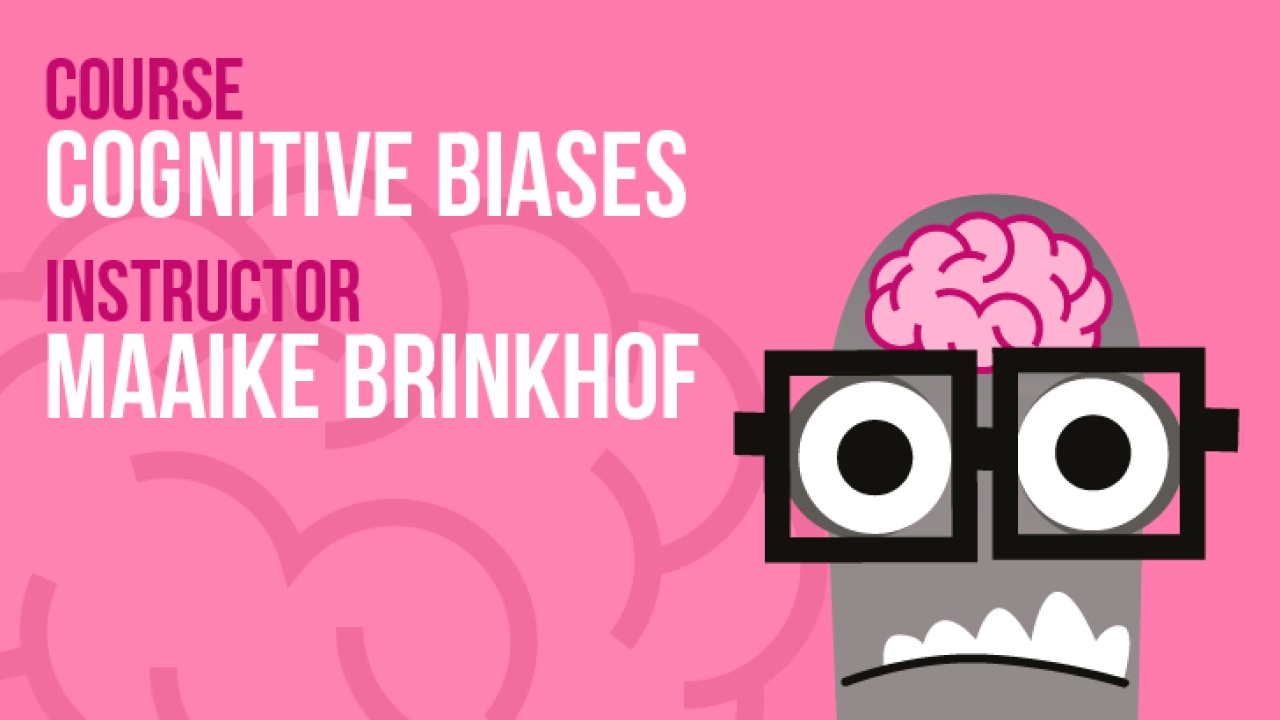
The Two Systems Of Thinking
- Differentiate between system 1 and system 2
- Examine your testing using system 1 and system 2 principles
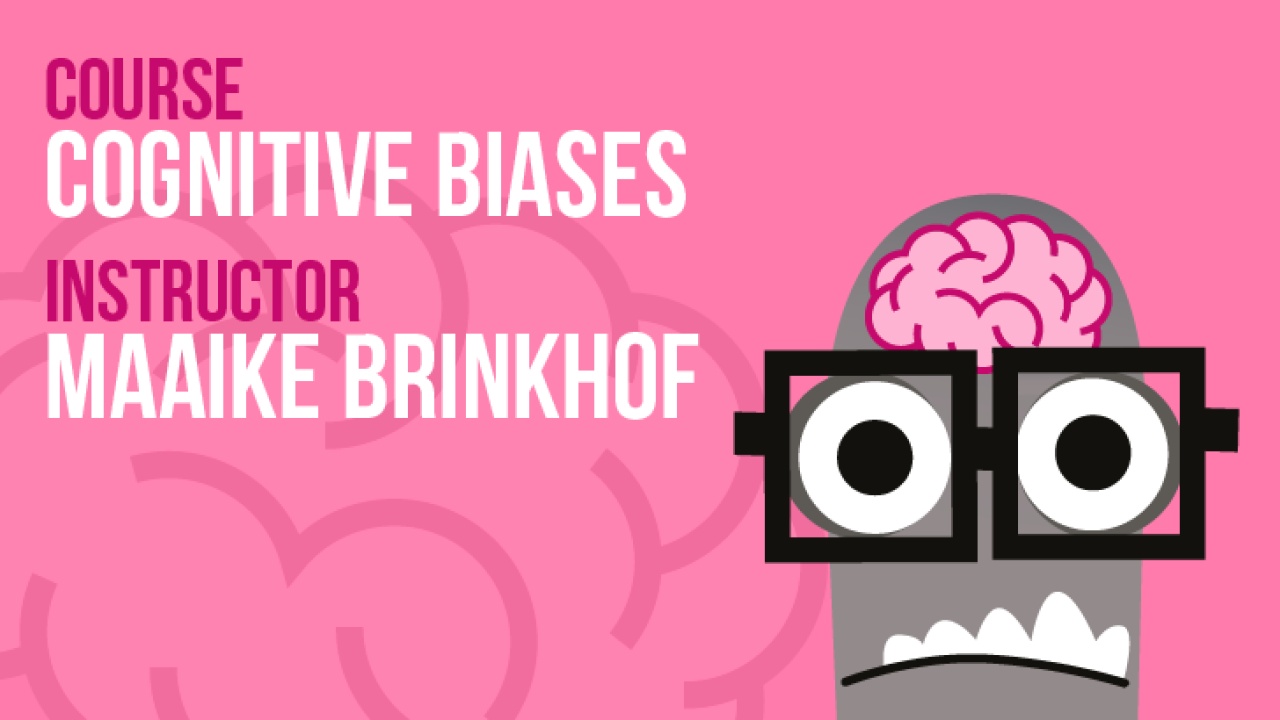
Confirmation Bias & Cognitive Dissonance
- Know the influence of the confirmation bias and cognitive dissonance
- Investigate how as testers we can be influenced by both confirmation bias and cognitive dissonance
- Make a start with your own “Bias Journal”, your personal logbook of the biased world around you
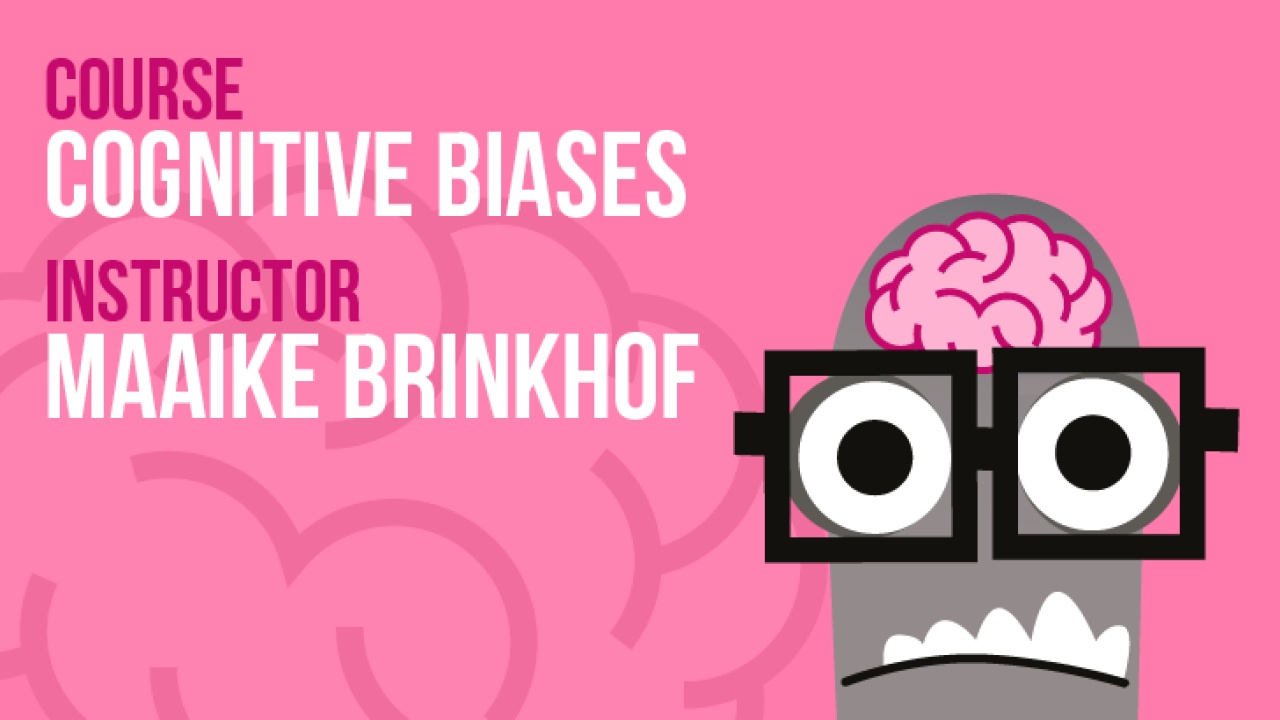
Automation Bias
- Identify how automation bias can be dangerous
- Explore the role of the automation bias in testing and test automation
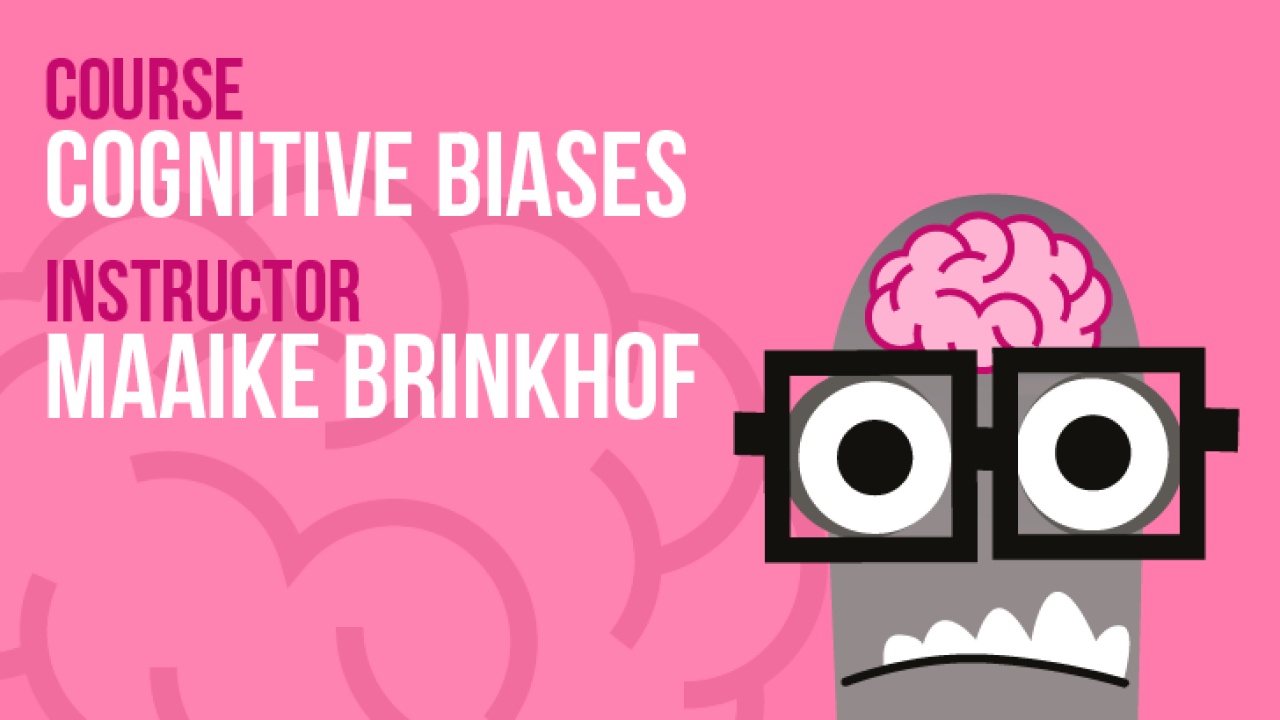
How To Deal With Biases
- Argue why we can’t be objective or unbiased
- Plan which methods you’ll use to decrease bias in yourself and your team
- Reflect on your new cognitive bias knowledge and how this will change your testing
When you think about testing tools, do you think about the brain first? Deep thinking is necessary for good testing. That’s why it’s very important to develop critical thinking skills to improve the way you test. But, no matter how good you already are at critical thinking, you will make thinking errors. This is because we all are influenced by cognitive biases. This has impactful consequences for testing because wasn’t testing supposed to be unbiased and factual? This course will help you navigate the harsh reality that your testing will be influenced by biases and thinking errors.
I will help you recognise cognitive biases and explain what they are.
How do they affect your behaviour? Can you avoid them? How do you recognise the most important biases in yourself and in others? How do you improve testing despite being biased? How do you get your team to test more effectively (despite being influenced by biases)?
Daniel Kahneman has written a very comprehensive book centred around this topic: “Thinking, Fast and Slow”. This book has been an inspiration and a great source for this course.
